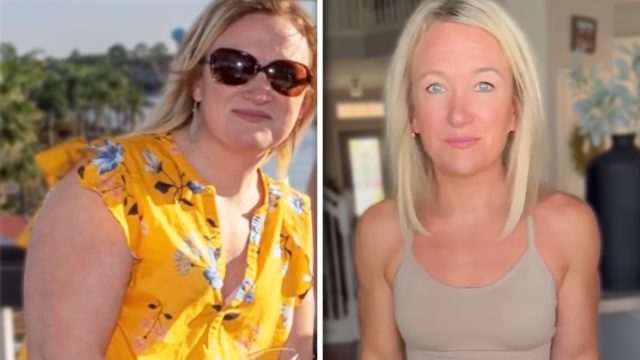40+ Mom Loses 70 Pounds in a Year With These 4 Simple Steps
Do you want to lose weight but aren't sure where to start? Kacy Allensworth, aka the Calorie Deficit Queen, is a social media influencer and "forever fat loss coach for women over 40." On her various social media platforms, she reveals all her secrets to losing over 70 pounds and helping other women achieve their goals. "I was not always the calorie deficit queen. I was the former dieting yo-yo queen. I tried Weight Watchers, keto, intermittent fasting," she says in the clip.
"In 2020, I hit my highest weight, and that's when I decided I needed to dig into the principles of nutrition, do things a little differently," she says at the start of a viral clip, revealing the steps she took to drop weight fast. "I will uncover the first steps taken, not just for success, but for sustainable weight loss."
First Step: Calculate Your Calorie Deficit with Your Goal Weight
The first step? Calculate your calorie deficit. "I'm going to cover two different ways that you can calculate your calorie deficit. The first way is to decide what your goal weight is and let's say your goal weight is 150 pounds. You're going to multiply your goal weight by the number 11.
Multiplying 150 times 11 gives us 1,650 calories, so that would be your calorie deficit," she says. "This method is really just the simple method. It doesn't take into account your age, your gender, your activity level, or any of that."
Or, Use an Online Calculator

"The second method that I recommend is visiting an online calculator, and when you visit the website, you'll enter in your gender, height, weight, and age," she instructs. "It will ask you what your activity level is. I like to underestimate my activity level. You don't have to input your body fat percentage, and once you hit calculate, it will give you your total daily energy expenditure for maintenance calories. This is not your calorie deficit," she reminds.
"You will take that number and subtract 500 from it to get your calorie deficit. The reason we subtract 500 is because one pound of fat equals 3,500 calories, and a shortage of 500 calories times seven days a week equals 3,500 calories or one pound of fat per week. Either one of these methods is a great way to begin eating in a calorie deficit, and you might find that one method gives you a discrepancy of a few hundred calories over the other method."
RELATED: Man Walks 30,000 Steps Daily for 30 Days and the Results Were Unexpected
Choose the More Sustainable Deficit
"Choose the calorie deficit that is most sustainable for you. You will know, after two weeks of eating at that deficit, whether or not this is successful or sustainable. I also do not recommend recalculating or calibrating your calorie deficit. Once you lose weight, lowering your calorie intake even further will have negative effects on your metabolic rate. So we want to avoid that," she says.
Second Step: Use Three Tools to Be In a Deficit, Starting with a Food Scale
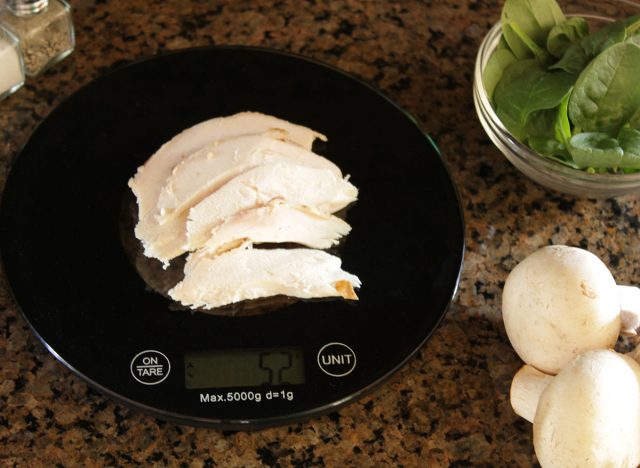
"There are three tools that you will need in order to be both accurate and consistent in being in a calorie deficit," she continues."The first tool is a food scale. You'll need one in order to accurately measure the food that you're eating because most people underestimate the amount of food they're eating and, therefore, underestimate the amount of calories they're consuming. The best way to be in a calorie deficit is to be accurate and know that you're in a calorie deficit by measuring your food."
RELATED: 8 Protein-Packed Snacks That Helped One Woman Lose 135 Pounds
Second Tool: Bathroom Scale
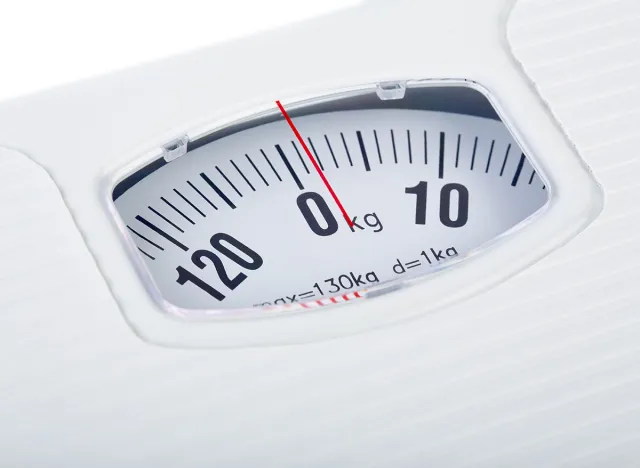
"The second tool you'll need is a bathroom scale," she continues. "You're going to need this so that you can periodically weigh yourself and track your results. I personally recommend to my clients that they weigh themselves daily, track their weight, and focus on what happens throughout the week. Don't focus on a single day of weight gain because no one loses weight. Linearly focus instead on the overall trend."
Third Tool: Calorie Tracking App
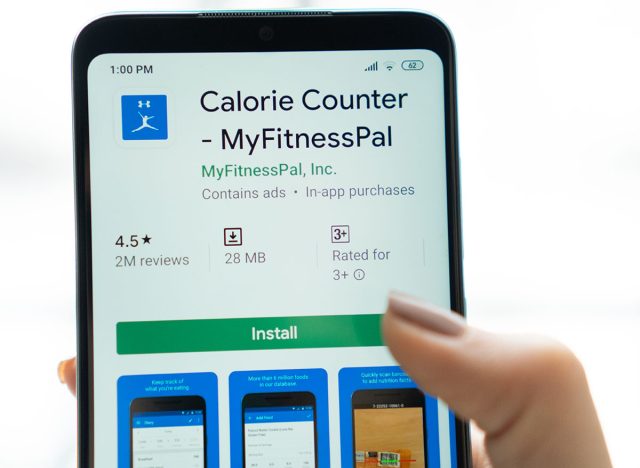
"The third tool is to use a calorie tracking app," she says. "Two that I recommend are MyFitnessPal and Lose It. This makes it easy to track your calories and know where you're at throughout the day. Make sure you're using all three of these tools consistently in order to stay in a calorie deficit."
RELATED: Benchmark Your Progress with Our Lean Body Mass Calculator
Third Step: Set Your Water Goal

The third step is setting your water goal. "There are various protocols to set your water goal. One of the ones I like to use is taking your body weight, dividing it in half, and drinking that many ounces of water daily. So if you're 200 pounds, you would drink 100 ounces of water per day," she says. "Let me also say that if you do that calculation and it seems unreasonable to you or not sustainable, then do not start with that many ounces of water per day. Instead, start with what does seem reasonable to you. You're not drinking any water at all. You might start with 42 ounces of water per day. If you're drinking a little bit of water, you might start with 70 ounces of water per day. Make sure that you set your water goal to an amount that will be easily reachable because when you see yourself successful with that, you will then slowly begin to increase that water goal."
What Counts?

Can you count coffee, tea, and seltzer as water? "I personally do not count coffee as water," she says. "Here's what I tell my clients about the other options. If your tea doesn't have calories and sugar in it, then go ahead and count it as water. If you want to use a low-calorie Crystal Light flavoring or mayo in your water, go for it. If that's going to get you to drink your water, then add the flavoring because that will be more sustainable for you. If you wanna drink seltzer water, as long as there are no calories or extra sugar, go for it. You have to remember that when we set goals, we want this to be successful and sustainable for you," she says.
Fourth Step: Set Your Step Goal
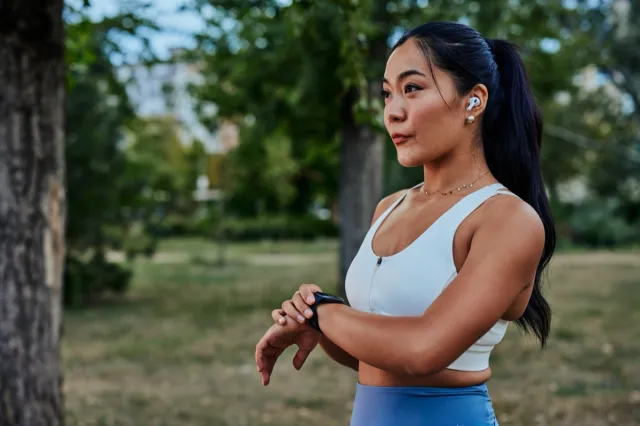
The last step is setting your step goal. "Just like setting your water goal, again, you want this to be sustainable for you. We all know it's great to get in 10,000 steps per day, but let me tell you that when I was at my heaviest, my very first step goal was 7,000 steps per day. Set a goal that is reasonable for you and a goal that you will most likely reach and be successful at. It took me about four to five months to work up to 10,000 steps per day," she says.
RELATED: I'm a Celebrity Trainer and These 12 Hybrid Moves Torch Fat Fast
Use These Steps and Walk Toward Success
"Knowing your calorie deficit, using the correct tools to be accurate and consistent with tracking your calories, setting a water goal, setting a step goal, and following through on both are all the very first steps to successful and sustainable weight loss. I want you to know that you too can be successful with weight loss, and it can be sustainable for you," she concludes. And if you enjoyed this article, take advantage of these 15 Quick Ways to Lose Body Fat Percentage in a Week.
